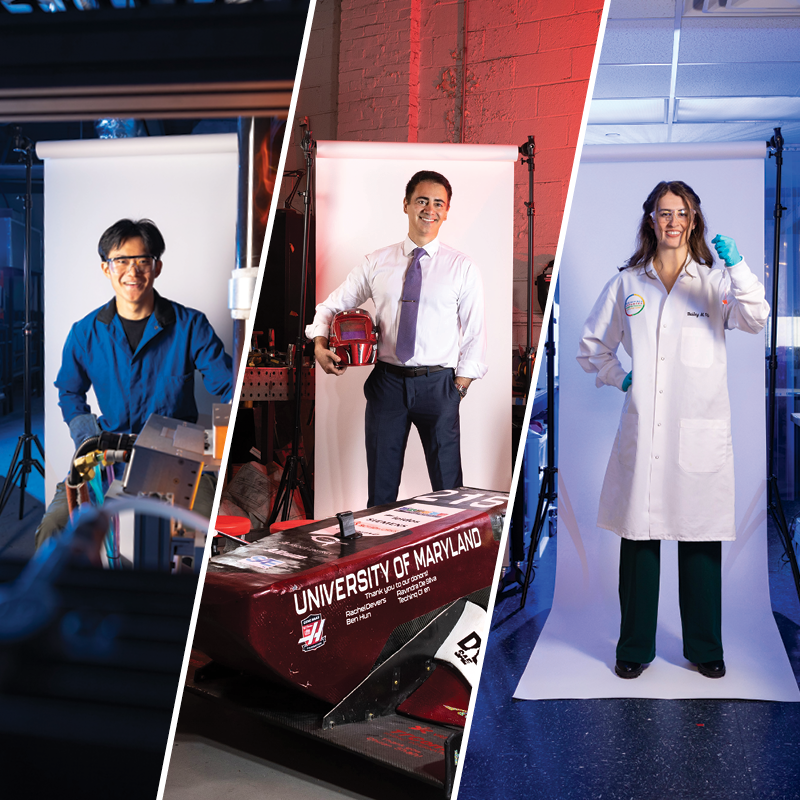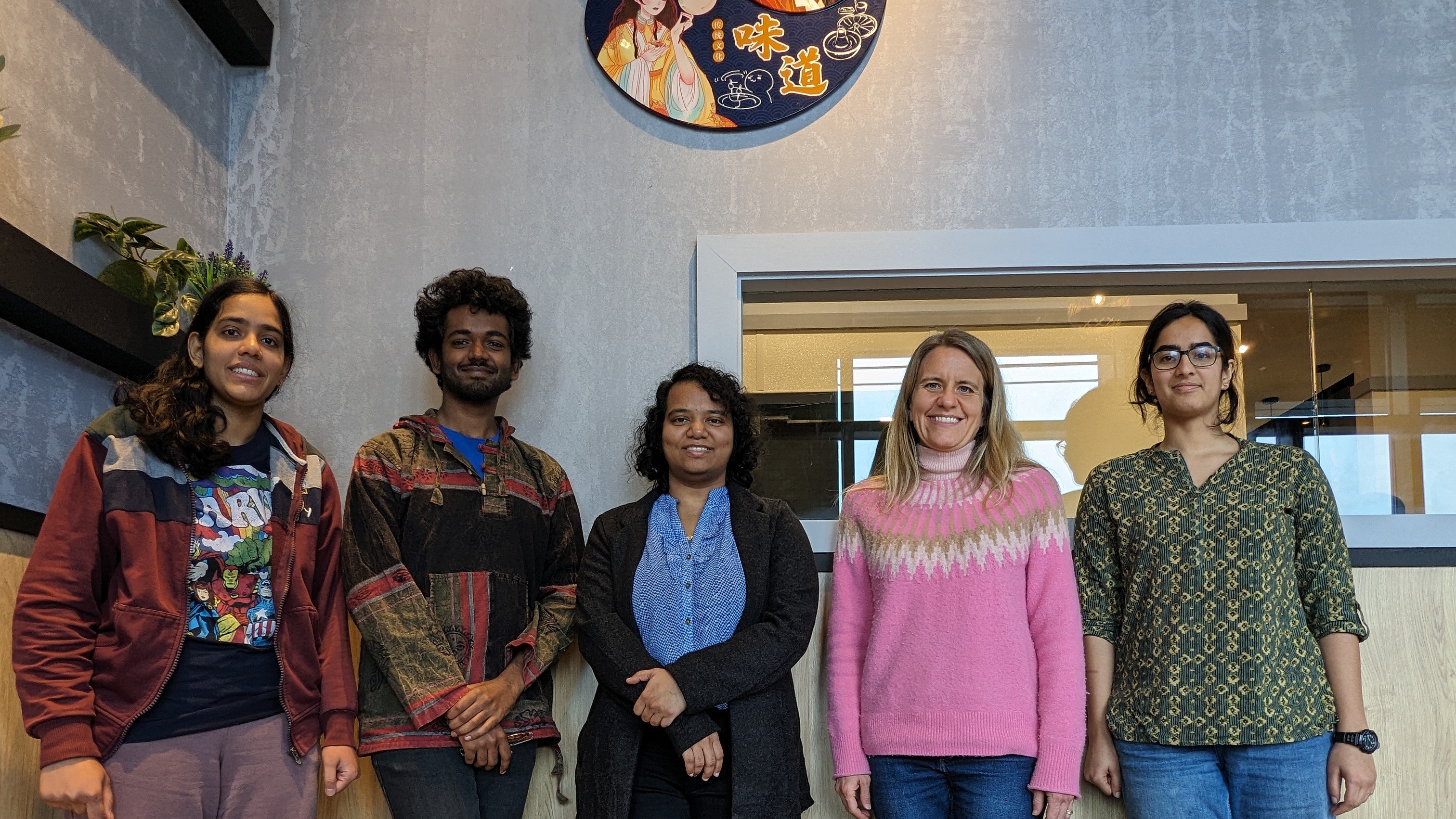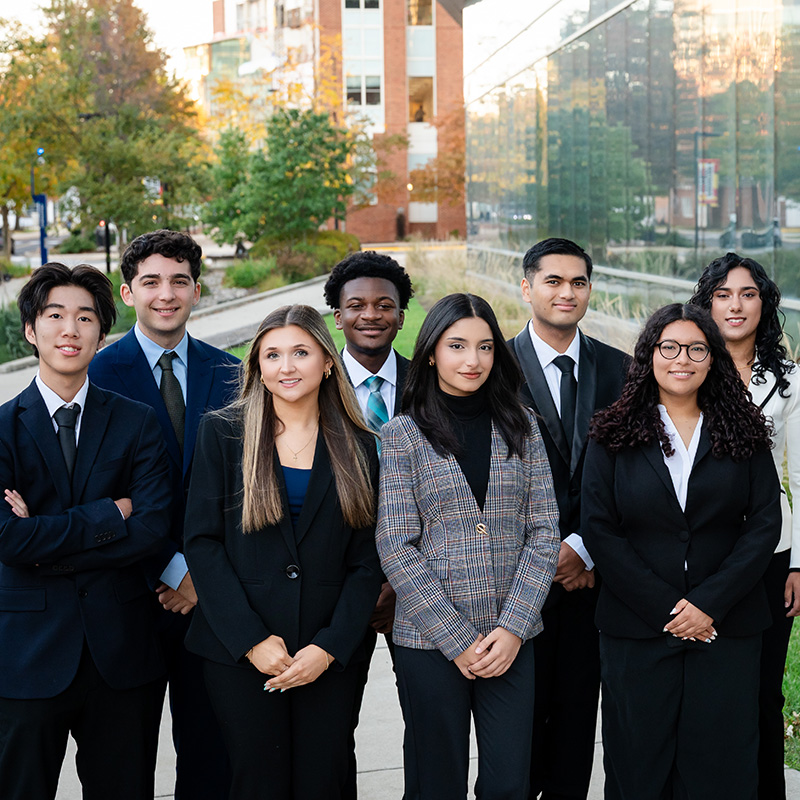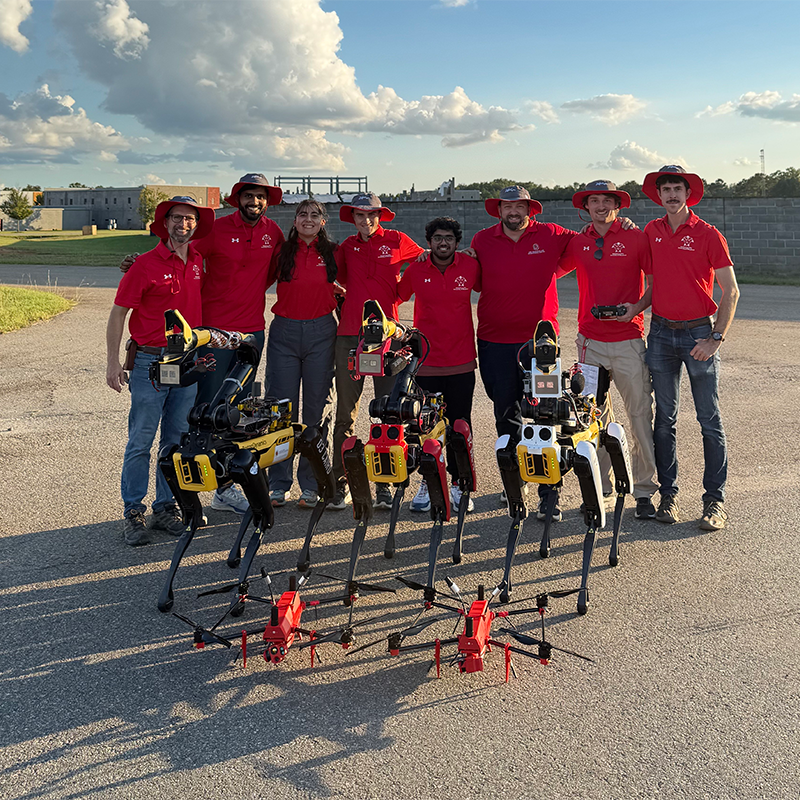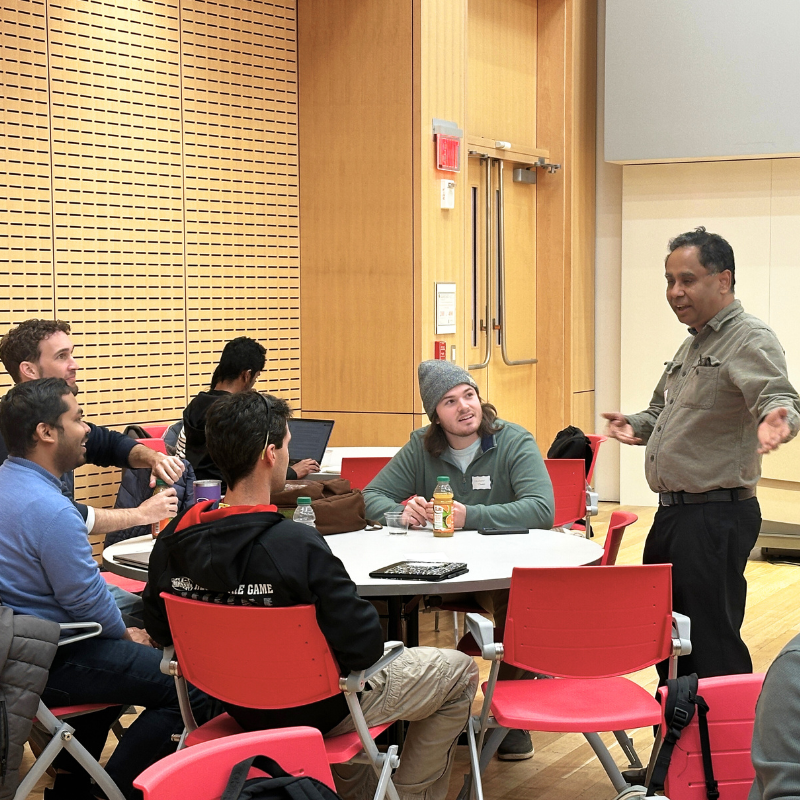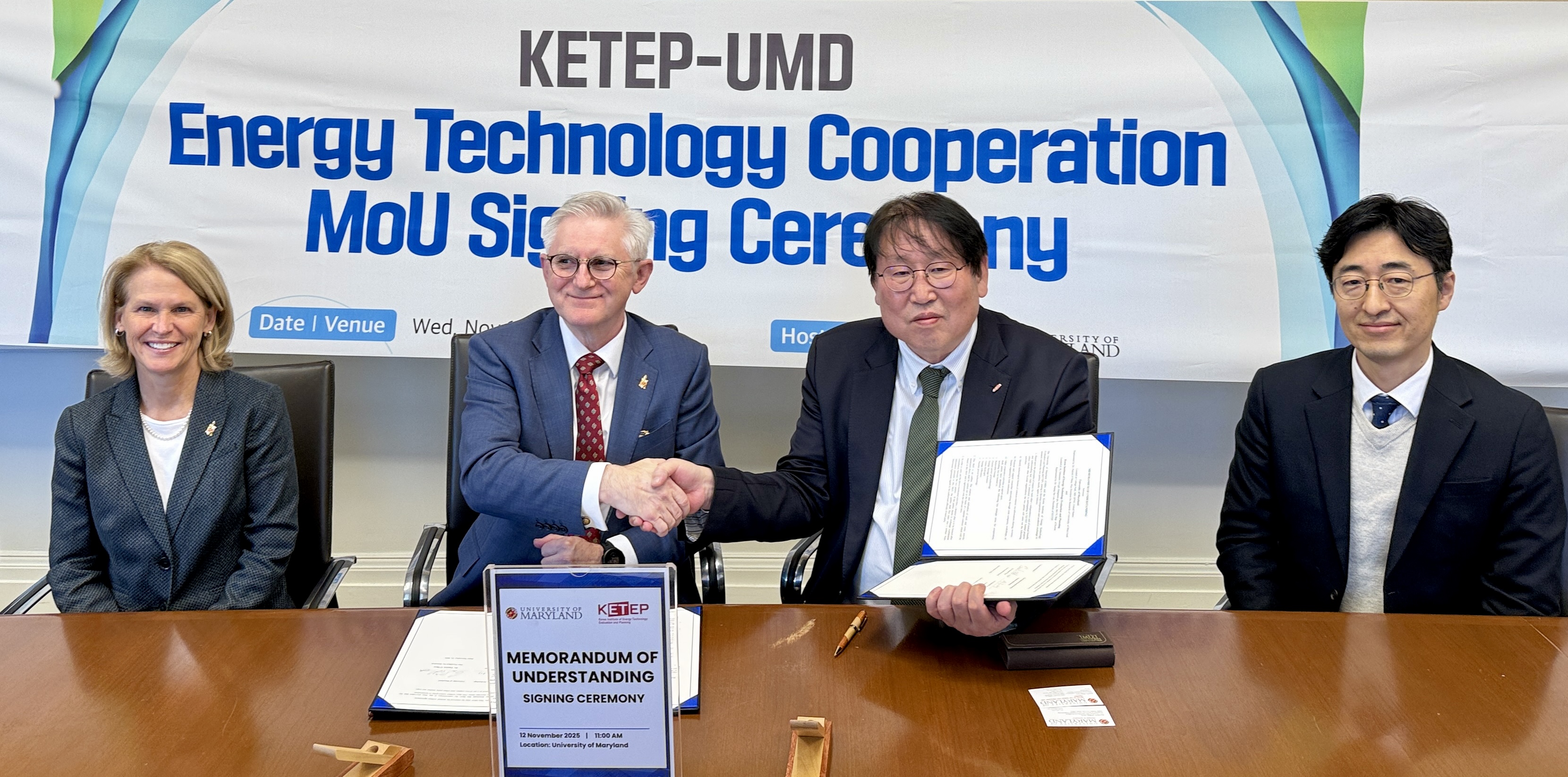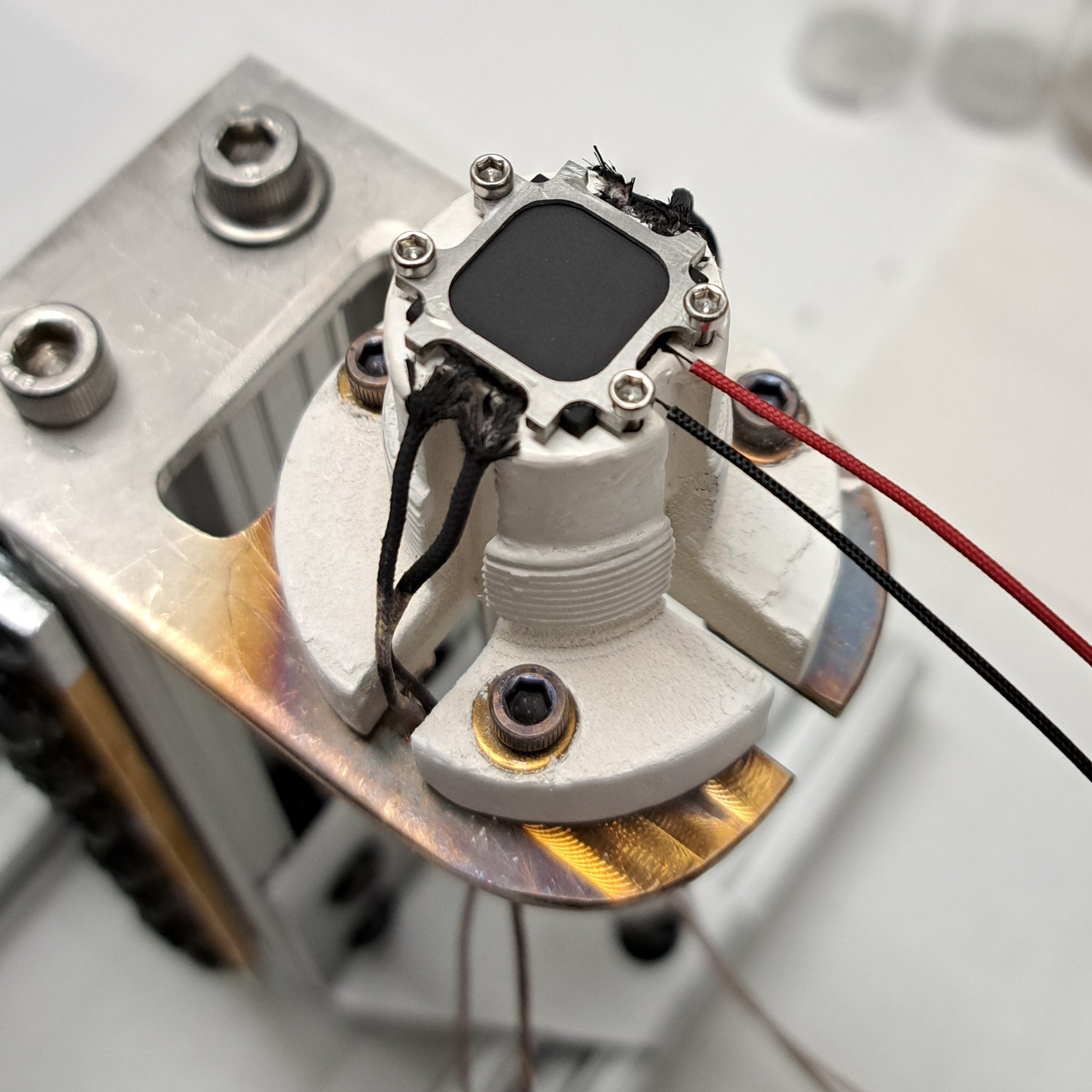How To (and Not To) AI Your Career Search
June 3, 2025
Even on the hunt for the perfect internship, co-op, or job, artificial intelligence (AI) is everywhere.
From AI job matching tools to help you find good-fit roles, to AI resume builders that help draft, format, and tailor your resume, to AI-powered coaching tools for interview practice and feedback: it’s a brave new world for job seekers.
Engineering Career Services Director Veronica A. Perrigan explains how students and alums on the job hunt can use AI—while avoiding the technology’s pitfalls (such as “AI hallucinations,” or output that is factually incorrect or inaccurate).
AI can effectively boost the job search, says Perrigan, and—especially at the start of the search—the technology can help an applicant define what makes an employer stand out from the crowd. AI can also help those looking for their next career opportunity to improve their communication and presentation skill sets. The trick, Perrigan says, is to maintain “your authentic voice and experiences.”
Using AI for mock interview preparation tailored to each job can also improve an applicant’s chance of success; in fact, Perrigan notes, job seekers who practice their interview skills are four times more likely to get a job. Using AI to help them answer questions about themselves, refine those answers, and repeat them to memory—without judgement—can prepare job seekers for speaking to their real-life audience. “Practice in this low-stress setting can help students feel more comfortable and confident,” she says.
HELPFUL HUBS
Handshake—the University Career Center’s online career management platform for UMD students, alums, and employers—assists Terps in building online profiles that help their applications rise to the top of the pool.
GenAI chatbot TerpAI, launched in Spring 2025, is another AI-enabled tool that can aid students along their job search journey—from help with pinpointing the most relevant skills in a job description to aggregating salary data from various sites.
Launching at Engineering Career Services this summer, Quinncia is an AI-enabled career services tool that will build on existing resources, giving engineering students and alums personalized feedback on their resumes, LinkedIn profiles, and interview skills.
“Through experiential, innovative learning, the Clark School ensures that all graduates are prepared to tackle real-world industry challenges from day one,” Perrigan says. “Being career-ready also means knowing how to harness AI’s full potential with integrity, authenticity, and safety. You want to have the best possible chance, so you want to use all the tools in the toolkit.”
TACTFUL TIPS
Want to use AI responsibly and successfully in your job search? Follow these tips from Engineering Career Services:
- Do use Handshake to filter large numbers of employers by industry, interest, major, discipline, or desired location—local to global.
- Don’t assume that employers in STEM fields, even those with a strong focus on AI, want applicants to shortcut the process by relying on technology.
- Do use Quinncia’s resume and LinkedIn tools to compare your materials with others and make suggestions for improvement. Use those suggestions as a guide, and create your own language to fill in missing concepts, experiences, or skills.
- Don’t fall into a plagiarism trap by copying and pasting language generated by AI (Quinncia doesn’t allow for this) to your resume, profile, or job application.
- Do always proofread for factual accuracy, as well as grammar, spelling, and punctuation.
- Don’t assume privacy. As with any tool that helps you share your profile publicly, double-check your privacy options and settings and be wary of what you put into a chat. Platforms that are internal to UMD provide a layer of protection, but exercising caution is always in the AI user’s best interest.
- Do let Quinncia’s AI-enabled platform help refine your interview answers and examples. Perrigan recommends forming examples in the STAR method (situation, task, action, and result), which complements the engineering design process.
- Don’t mistake AI savvy for problem-solving skills. Employers love to see hands-on experiences, gleaned through research or participation in Keystone Courses or Vertically Integrated Projects—there’s no substitute for experiential learning.
- Do use AI to help you hone your interview skills. Quinncia does more than count your ums and note if you’re looking at the camera: It will tell you whether your answers are tailored to a particular job and provide you specific feedback.
- Don’t rely on AI for the final polish. This is where a real professional is key: In addition to virtual advising with a peer assistant and drop-in career advising, the Engineering Career Services office offers virtual and in-person advising appointments with staff members.
One thing AI will never do better than a real-life career services professional?
Encourage an attitude of preparation—and patience—in students and new graduates. “It’s a full-time job to find a job,” says Perrigan. “We recognize the complexities of the engineering job market, which is why we're passionate about empowering Terp engineers—and cheering them on as they become the next generation of fearless engineering leaders!”

